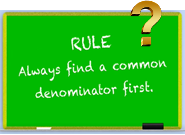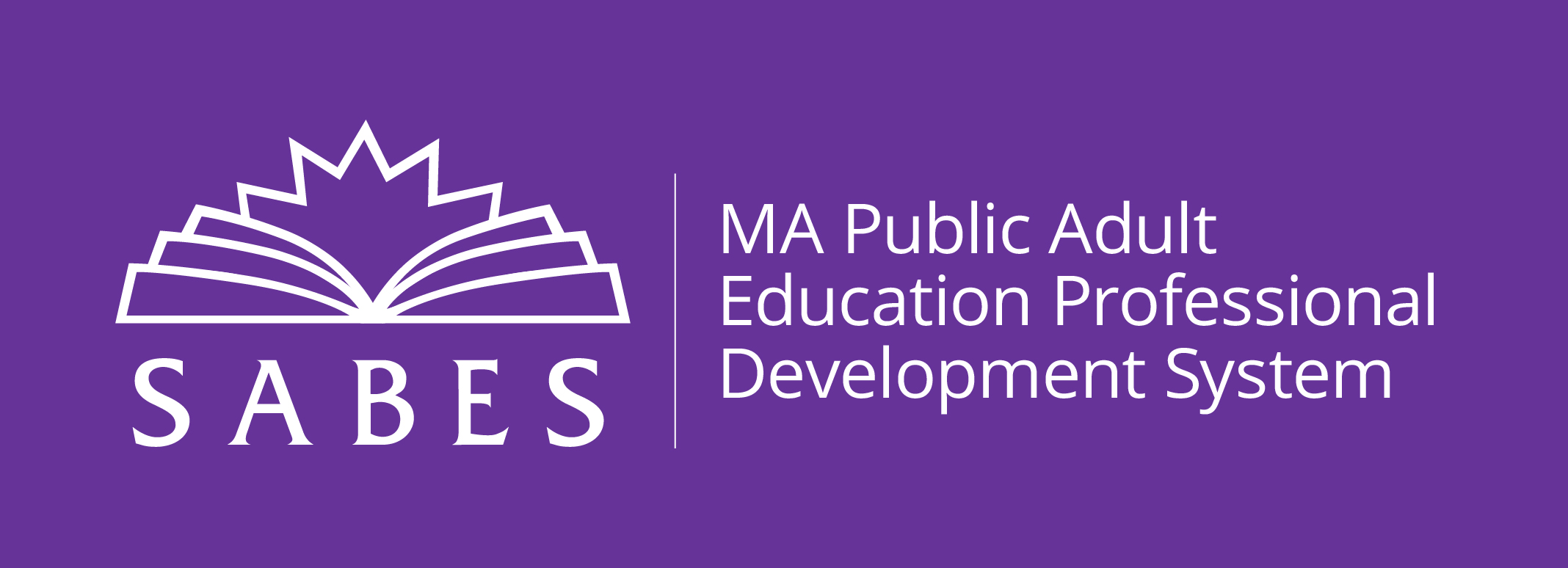
When Donna Curry, the director of the Math and Numeracy Curriculum and Instruction PD Center, started teaching many years ago, she says she taught "just as she had been taught." There was only one way to teach math, and it hadn’t changed much throughout the years. Yes, there were way too many children and adults who did not understand much of the math they had been taught (other than memorization of multiplication facts), but that didn’t seem to change anyone’s mind about how math should be taught. "We did not know any better, so we continued to follow teaching methods that have, over time, become outdated and often contrary to what research has now shown to be effective."
As technology and an ever-evolving work environment has changed the way that math is used, there has to be a new way to describe what it means to "do math." Math is now so much broader than simply memorizing facts and applying rote procedures. However, while the definition of math has changed, our way of teaching math has not kept up with the changing world. For example, math no longer requires a lot of rote memorization. To illustrate, when was the last time you had to add a long column of numbers or perform a long division calculation? If you did, you probably just used a calculator. And then, you did something with the results of those calculations. You didn’t just perform a calculation--you applied it to a real-world situation.
We know it’s no longer good enough to teach our students procedures without teaching them to think critically and work through situations that involve mathematical information. What was sufficient for past generations does not necessarily work in today’s world. For our students’ sake, it behooves us to continually focus on ways in which we can improve our own practice, add new strategies for teaching topics that students struggle to master, and develop conceptual understanding that moves us beyond rote procedure so that we can make sense of math ourselves.
That is why the MA Professional Standards for Teachers of Adult Education includes a set of standards on Reflective Practice within the Continuous Improvement Domain. One of those standards is Professional Development (C2.3). Per the Standard, an effective teacher “engages in a variety of high quality professional development activities. Seeks out and applies new ideas from professional development, supervisors, colleagues, and other resources to gain expertise and advance student learning.” An effective teacher knows that she must continue to look for new ways to present math concepts to ensure that she is able to connect to all of her students.
Our Math Center has built on the MA Professional Standards for Teachers of Adult Education by developing a Mathematics Proficiency Guide for Teachers of Adult Education. This guide offers specific strategies along with research and vignettes to illustrate how the professional standards apply specifically to math. We are offering our first workshop on the new Mathematics Proficiency Guide on Monday, March 9, 2020. Sign up today and learn what effective teachers know and do related to instructional practice and knowledge.
Our Center has many other workshops that help teachers become more effective. An upcoming offering that can help teachers help students become better prepared for today’s digital world focuses on the use of Desmos, a free online tool that enables teachers and students to create and interact with math visualizations. This spring workshop will help teachers learn Desmos in order to add a key ACLS-required component to the math classroom. Look for it on the SABES calendar in the coming days.
Our goal at the SABES Mathematical and Adult Numeracy C&I PD Center is to provide professional development support as you focus on your own continuous improvement. We hope you will take advantage of our wealth of PD!


